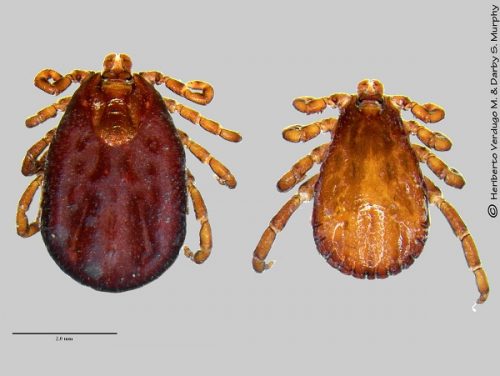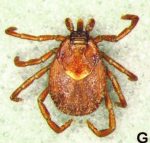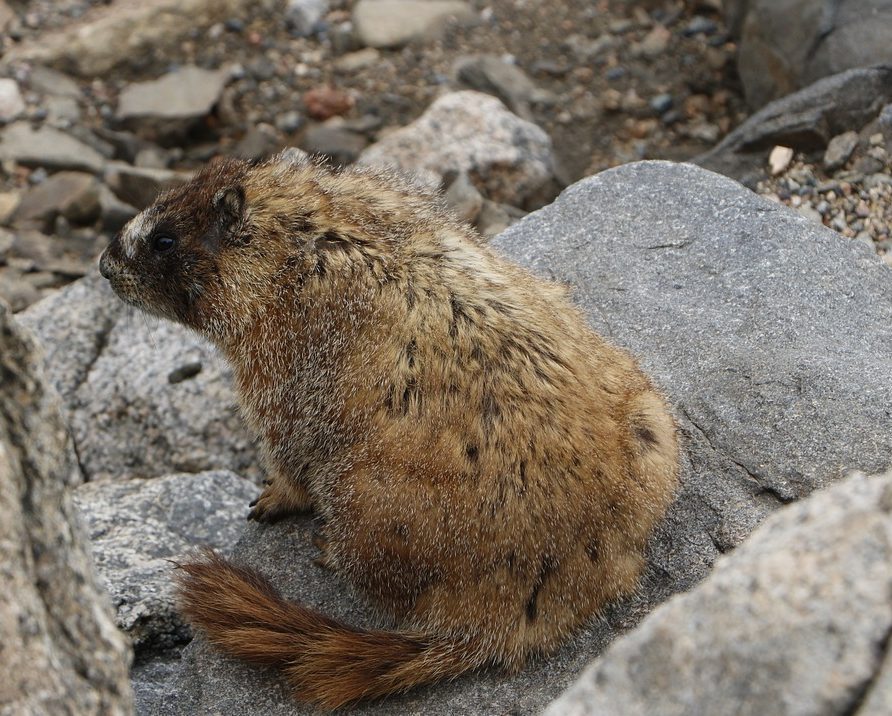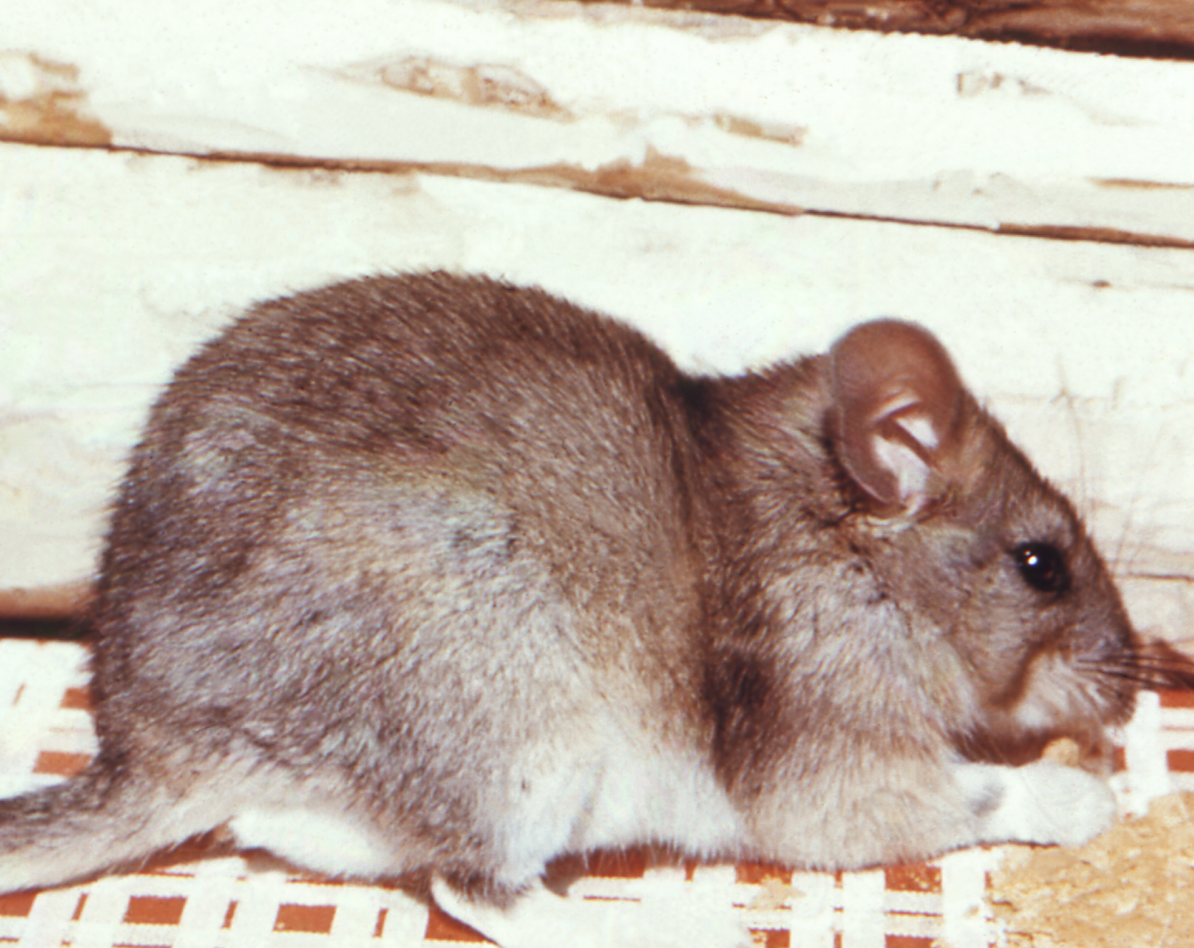
Dermacentor albipictus (the winter tick)
Dermacentor albipictus
(the winter tick)
Distribution
Dermacentor albipictus is one of the most common North American Dermacentor species. This tick has large geographic distribution in North America. Its distribution includes most of the USA, southern Canada, and 26 states in Mexico.
Hosts
Hosts include domestic and wild ungulates, such as horses, cattle, elk, moose, and deer, mountain goats and sheep. It has been also found on dogs, cats and humans. This is a one-host tick, meaning that it attaches to a host individual as a larva, molts to the next stage while still attached, and normally does not drop from that host individual until after it becomes an engorged female; males do not engorge but do feed. Because winter ticks are a one host species of large mammals, they are not widely considered a threat to human health, they can however, pose a significant threat to wildlife, moose in particular. It is the only one-host hard tick species in Colorado.
Vector Status
The winter tick is considered a potential vector of the agents of Colorado tick fever and bovine anaplasmosis, Anaplasma marginale Theiler, and recently Babesioisis duncani, a pathogen that causes serious disease in humans. In Colorado, there are numerous instances of high numbers of winter ticks infesting horses; elk; and mule deer. Infestations of this species cause excessive grooming in elk and in moose, it causes tick worry, serious alopecia, and sometimes mortality from exsanguination via heavy infestations.
Resources
H Joel Hutcheson, James W Mertins, Boris C Kondratieff, Monica M White, Ticks and Tick-Borne Diseases of Colorado, Including New State Records for Argas radiatus (Ixodida: Argasidae) and Ixodes brunneus (Ixodida: Ixodidae), Journal of Medical Entomology, tjaa232, https://doi.org/10.1093/jme/tjaa232







